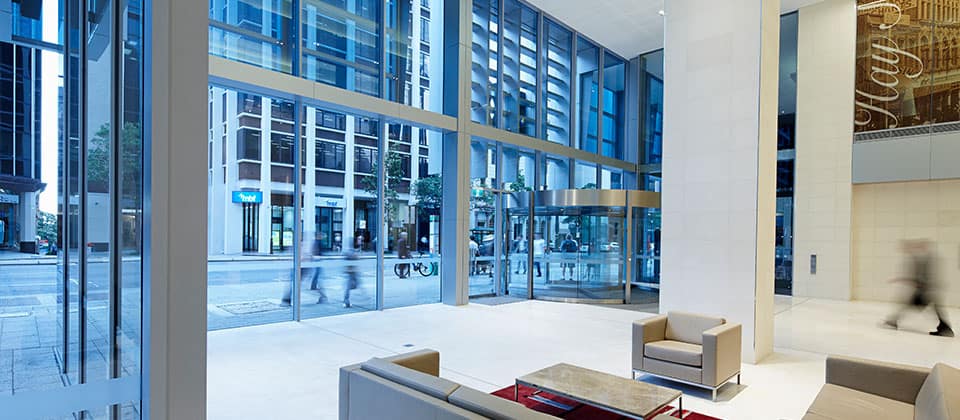Floor heating and cooling is a form of central heating and cooling which achieves indoor climate control for thermal comfort using conduction, radiation and convection.
The terms radiant heating and radiant cooling are commonly used to describe this approach because radiation is responsible for a significant portion of the resulting thermal comfort but this usage is technically correct only when radiation composes more than 50% of the heat exchange between the floor and the rest of the space.
Modern underfloor heating systems use either electrical resistance elements (“electric systems”) or fluid flowing in pipes (“hydronic systems”) to heat the floor.
Either type can be installed as the primary, whole-building heating system or as localized floor heating for thermal comfort. Some systems allow for single rooms to be heated when they are a part of a larger multi-room system, avoiding any wasted heat. Electrical resistance can only be used for heating; when space cooling is also required, hydronic systems must be used. Other applications for which either electric or hydronic systems are suited include snow/ice melting for walks, driveways and landing pads, turf conditioning of football and soccer fields and frost prevention in freezers and skating rinks. A range of underfloor heating systems and designs are available to suit different types of flooring.
Electric heating elements or hydronic piping can be cast in a concrete floor slab (“poured floor system” or “wet system”). They can also be placed under the floor covering (“dry system”) or attached directly to a wood sub floor (“sub floor system” or “dry system”).
Some commercial buildings are designed to take advantage of thermal mass which is heated or cooled during off peak hours when utility rates are lower. With the heating/cooling system turned off during the day, the concrete mass and room temperature drift up or down within the desired comfort range. Such systems are known as thermally activated building systems or TABS.
Hydronic systems
Hydronic systems use water or a mix of water and anti-freeze such as propylene glycol as the heat transfer fluid in a “closed loop” that is recirculated between the floor and the boiler.
Various types of pipes are available specifically for hydronic underfloor heating and cooling systems and are generally made from polyethylene including PEX, PEX-Al-PEX and PERT. Older materials such as Polybutylene (PB) and copper or steel pipe are still used in some locales or for specialized applications.
Hydronic systems require skilled designers and tradespeople familiar with boilers, circulators, controls, fluid pressures and temperature. The use of modern factory assembled sub-stations, used primarily in district heating and cooling, can greatly simplify design requirements and reduce the installation and commissioning time of hydronic systems.
Hydronic systems can use a single source or combination of energy sources to help manage energy costs. Hydronic system energy source options are:
Boilers (heaters) including Combined heat and power plants heated by:
- Natural gas or “methane” industry-wide is considered the cleanest and most efficient method of heating water, depending on availability. Costs about $7/million b.t.u.
- Propane mainly made from oil, less efficient than natural gas by volume, and generally much more expensive on a b.t.u. basis. Produces more carbon dioxide than “methane” on a b.t.u. basis.
- Costs about $25/million b.t.u.
- Coal, oil, or waste oil
- Electricity
- Solar thermal
- Wood or other biomass
- Bio-fuels
Heat pumps and chillers powered by:
- Electricity
- Natural gas
- Geothermal heat pump
Electric systems
Electric systems are used only for heating and employ non-corrosive, flexible heating elements including cables, pre-formed cable mats, bronze mesh, and carbon films. Due to their low profile they can be installed in a thermal mass or directly under floor finishes. Electric systems can also take advantage of time-of-use electricity metering and are frequently used as carpet heaters, portable under area rug heaters, under laminate floor heaters, under tile heating, under wood floor heating, and floor warming systems, including under shower floor and seat heating. Large electric systems also require skilled designers and tradespeople but this is less so for small floor warming systems. Electric systems use fewer components and are simpler to install and commission than hydronic systems. Some electric systems use line voltage technology while others use low voltage technology. Power consumption of an electric system is not based on voltage but rather wattage output produced by the heating element.
(Written using Wikipedia data & knowledge)





